| home
| contact | about |
|
'Anobium Punctatum
(woodworm) : an intervention'
Leeds Art Gallery 2019
This project and art intervention into
the Yorkshire Sculpture International was proposed by Alana
Jelinek, at the invitation of Rececca Wade, Assistant Curator for
Sculpture at the Henry Moore Institute.
The exhibition was the product of
workshops with various groups working with the ethnographic
collection of World Cultures at the Discovery Centre. The objects
in the installation were made by participants and also chosen by
them from the World Cultures collection.

The names of the participants are John
Hornsby, Adrian McCluskey, Sarah Glatherine, Leigh Newton, Esther
K. Niangi, Elisabeth Ndonga, Samer Altamah, Zaynab Doli, Fatin
Najem, Nokhsha Ahmed, Kinaa Baraka, Amina Sutaife, Nawzad Mahmood,
David Blakeley, Fe Uhuru, Nelson Rodriguez, Igor Pedraza, Katy
Pedraza, Peter McDonagh, Colin Barden, Maryam Shokrizadeh, Olive
Sanderson, Teagan Riches, Michael Ferens and Rebecca Wade.
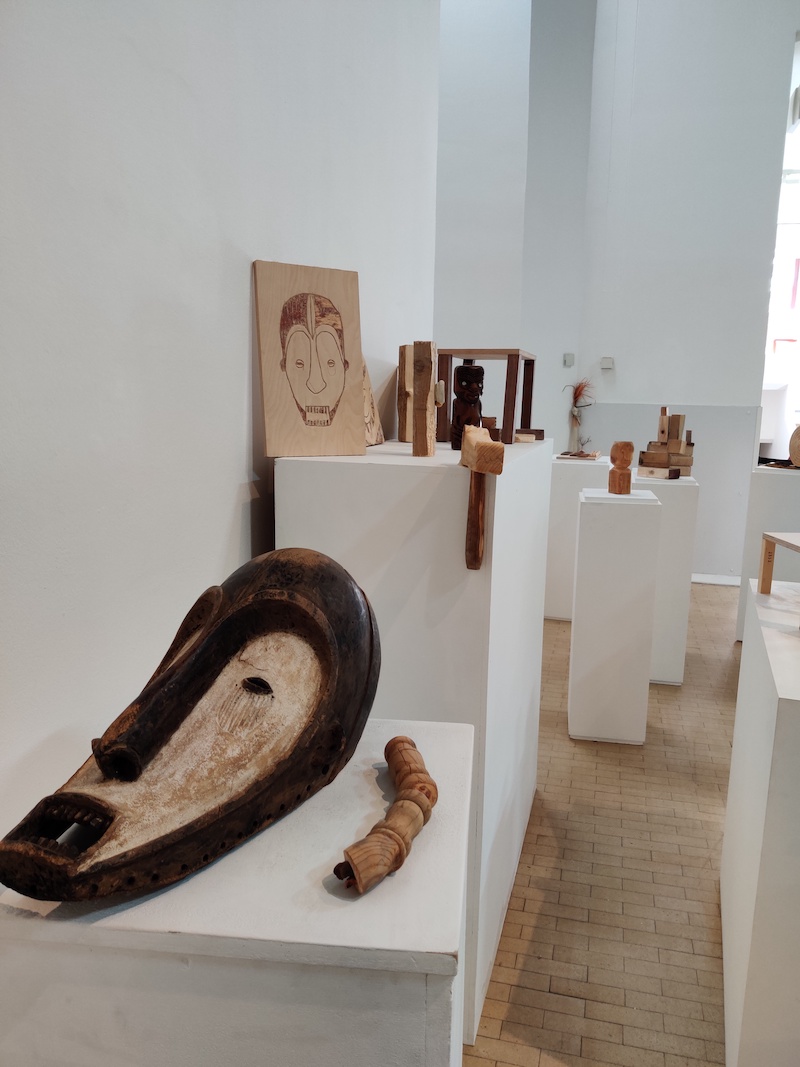
These makers of art, Art, folk-art,
community art, craft, experiment or ethnography have been
facilitated by others, including translators (Fadwa Az-Jaleli,
Shaimaa Khattab), collections, education and outreach experts and
curators (Jasmine Evans, Clare Jolley Judith Shalkowski, Alison
Smith, Megan Jones, Angie Thompson).
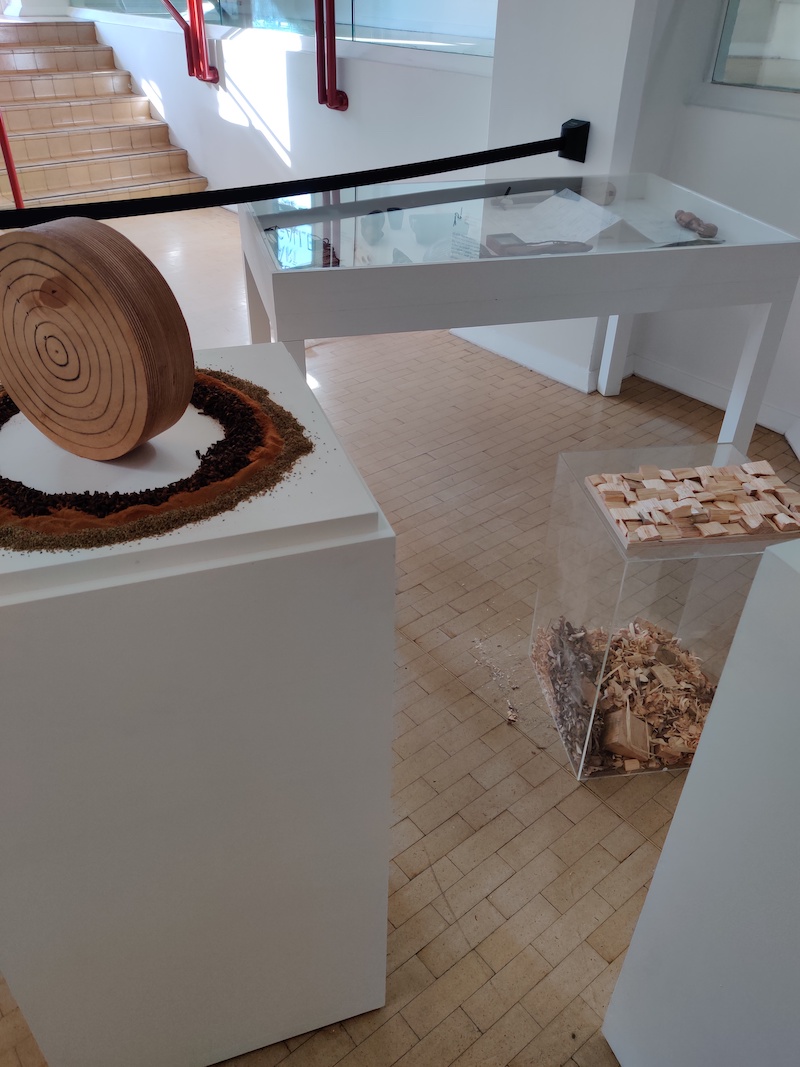
There are, no doubt, many others who
laboured invisibly to enable the artwork to happen.
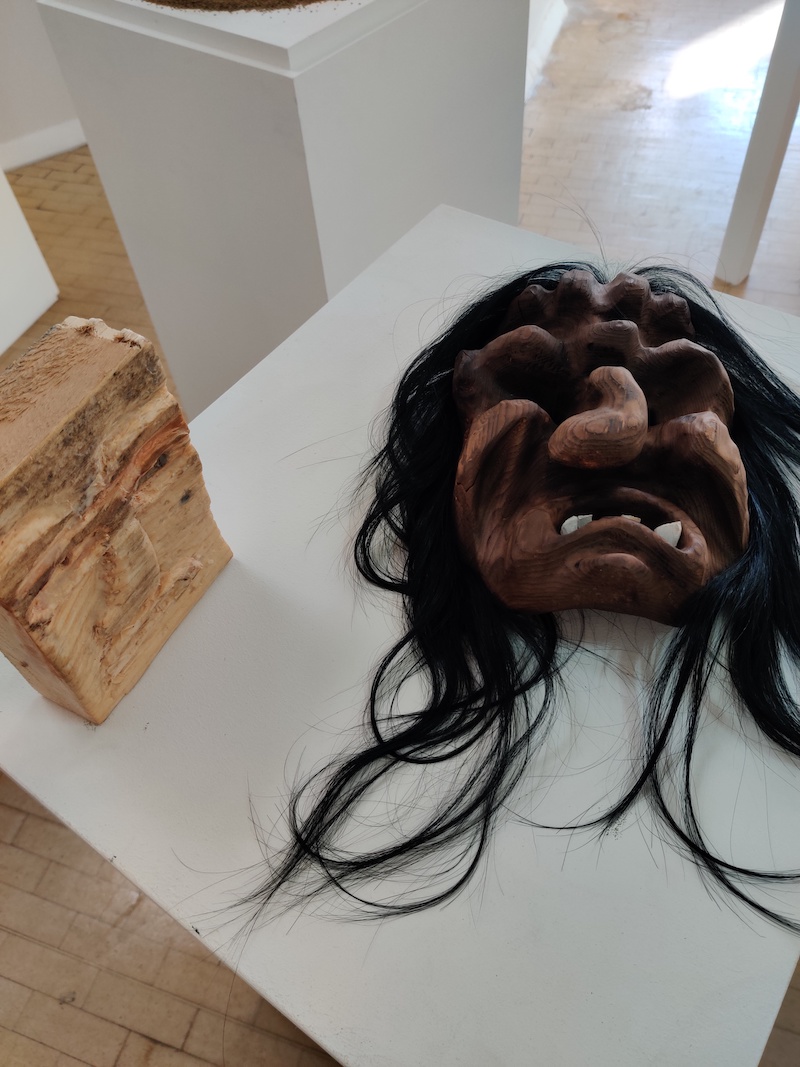
| home
| contact | about |
|
'Pacific
Presences' 2013-2018
European Research Council funded multidisciplinary
project investigating Oceanic Art in European Museum
Collections
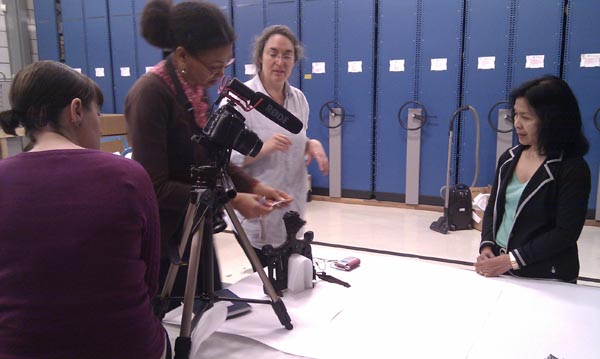
|
|
|
There was also many other artists involved including Lisa
Reihana, Mark Adams and Areta Wilkinson, and the
Oceania exhibition at the Royal Academy was one of
the amazing outcomes of the 5 year research project.
The most important artworks of mine that came out of the
multi-disciplinary research project based at the Museum of
Archaeology and Anthropology, University of Cambridge,
with Nicholas Thomas were:
|
|
|
| belonging |
a series of podcasts (2018) |
| knowing |
an art film (2014-15) |
home | contact
| about |
|
belonging : an art podcast series about belonging
2018
|
The podcasts together explore the question of ethnographic
museums and whether we can understand the hundreds of thousands of
objects from Oceania that are now in Europe as a diaspora.
The episodes explore how meanings and sympathies shift depending on
what is juxtaposed, or heard first.
|
| belonging
1 |
With Rodney Kelly, Julie Adams, Maria Stanyukovich, Oliver
Leub, Pala Molisa, Wayne Modest, Reina Sutton and Lilja Kupua
Addeman.
|
| belonging
2 |
With Kat Szabo, Insos Ireeuw, Alisa Vavataga, Emelihter
Kihleng, Sean Mallon and Pandora Fulimalo Pereira.
|
| belonging
3 |
With Sana Balai, Kaetaeta Watson, Liz Bonshek, Alisa Vavataga,
Pandora Fulimalo Pereira, Pala Molisa, Maria Stanyukovich, Nina
Tonga, and Imelda Miller.
|
| belonging
4 |
With Liz Bonshek, Maria Stanyukovich, Pala Molisa, Imelda
Miller, Jackie Shown, and Rodney Kelly
|
| belonging
5 |
With Wonu Veys, Liz Bonshek, Maria Stanyukovich, Sean Mallon,
Ole Maiava, Kolokesa M?hina-Tuai, and Oliver Lueb.
|
| belonging
6 |
With Emelihter Kihleng, Liz Bonshek, Insos Ireeuw, Lilja Kupua
Addeman, Alisa Vavataga, Maria Wronska Friend, Kat Szabo, Julie
Adams, Reina Sutton, Ole Maiava, Wonu Veys, Rick Pa, and Wayne
Modest.
|
| belonging
7 |
This is the first time the podcast is edited so that no one
identifies who they are. It is compiled using recordings of Rodney
Kelly, Liz Bonshek, Julie Adams, Oliver Lueb, Maria Stanyukovich,
Fuli Pereira, Wayne Modest, Kat Szabo, Ole Maiava, Maria Wronska
Friend, Reina Sutton, and Nina Tonga.
|
belonging
8
|
This is the most experimental edit so far and the second time
the podcast has been edited so that no one identifies who they
are. It is compiled using recordings of Rodney Kelly, Imelda
Miller, Julie Adams, Oliver Lueb, Maria Stanyukovich, Kat Szabo,
Maria Wronska Friend, Lilja Kupua Addeman, Insos Ireeuw, Jackie
Shown, Kaetaeta Watson, Ole Maiava, Sana Balai, Rick Pa, Fuli
Pereira, and Liz Bonshek.
|
belonging
9a
|
This is the third time the podcast is edited so that no one
identifies who they are. If you have listened to the other 8, you
may be able to identify each speaker. This edit questions whether
it is important to know who is speaking and from what institution
they speak.
|
belonging
9b
|
Belonging 9b has the same content as belonging 9a but it
includes names and institutional affiliation if there is one.
The podcast is compiled using recordings of Julie Adams, Lilja
Kupua Addeman, Reina Sutton, Kaetaeta Watson, Kolokesa
M?hina-Tuai, Liz Bonshek, Fuli Pereira, Maria Stanyukovich, Wayne
Modest and Pala Molisa.
|
belonging
10
|
With Reina Sutton, Fuli Pereira, Rodney Kelly, Wayne Modest,
Liz Bonshek, Pala Molisa, Sana Balai, Maria Wronska Friend, Imelda
Miller, Nina Tonga and Jackie Shown.
|
belonging
11
|
The final podcast in the series was made using recordings by
Julie Adams, Lilja Kapua Addeman, Susanna Rianna Balai, Liz
Bonshek, Insos Ireeuw, Rodney Kelly, Emelihter Kihleng, Oliver
Lueb, Kolokesa M?hina-Tuai, Ole Maiava, Sean Mallon, Imelda
Miller, Wayne Modest, Pala Molisa, Rick Pa, Pandora Fulimalo
Pereira, Jackie Shown, Maria Stanyukovich, Reina Sutton, Kat
Szabo, Nina Tonga, Alisa Vavataga, Wonu Veys, Kaetaeta Watson, and
Maria Wronska Friend
|
| home
| contact | about |
|
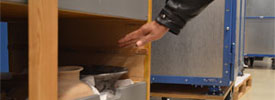  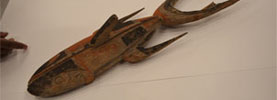 |
knowing (2015)
on Vimeo
|
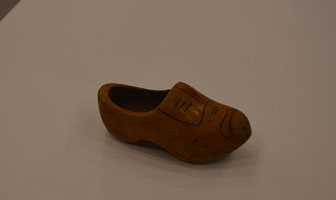 |
Project Details
‘knowing’ was a project with Volkenkunde, Leiden. In 2014 I invited
a range of people from various backgrounds to talk about objects in
the collection of Volkenkunde, Leiden, Netherlands, one of the
partners in ‘Pacific Presences’, a research project led by
anthropologist, Nicholas Thomas.
My aim was to explore the politics of occupation and colonialism
through the historical objects from Papua in the Volkenkunde
collection. The region now called Papua or West Papua has also been
called Irian Jaya and Nederlands-Nieuw-Guinea reflecting the
colonial past and present of the region.
By inviting people from Papua, from Java and of Dutch origin to talk
about the objects in the collection, including objects from their
own cultures, the project collected stories about objects, some
familiar, some chosen by other people, and always including some
chosen by the participants themselves. Stories and knowledge were
recorded on an audio recorder. The interaction with the objects was
also filmed with only the hands and the objects in the frame. The
reason for filiming hands and objects only is because most people
become self-conscious when their face is filmed and so, because I
wanted to keep people feeling safe and open, filming was of hands
and objects only. The other main reason for the choice centres on
the final film. I believe we make assumptions about a person, and
therefore what they’re saying, based on their face. In order to
increase parity of reception about the different stories, knowledge,
across my ‘informants’, the participants, no faces are shown.
The film was edited by Marianne Holm Hansen and Alana Jelinek.
Twenty two hours of footage was edited down to 48minutes.
Knowing was launched at the Centre for Material Research,
Volkenkunde, Leiden in 2015 and can be seen currently in the
Volkenkunde in the Oceania galleries. It was launched on 25 Oct 2015
in the UK at an event called 'Knowing
West
Papua' at the Museum of Archaeology and Anthropology,
University of Cambridge. It has been shown at Decad,
Berlin, and various other anthropological and art venues.
Watch the 5 minute preview
or delve into the 48 minute full
experience:
|
Participants (in
alphabetical order):
Oridek Ap
Martin Derey
Marie-Christine Engels
Fin Maya Hay
Insos Ireeuw
Max Ireeuw
Betty Ireeuw-Kaisiëpo
Gershon M. Kaigere
Oriana Pentury
Silvy Puntowati
Annette Schmidt
Margriet Siu-Lan Ireeuw
Ignatius Supriyanto
Niek Van Rijswijk
Eric Venbrux
Peter Waal
Benny Wenda
|
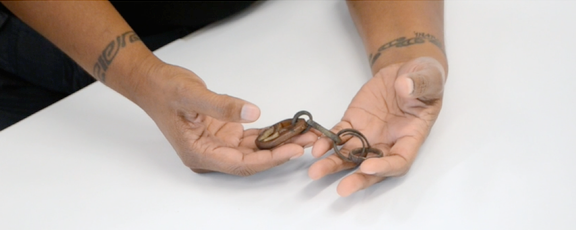
Ideally, 'knowing' is viewed on a tablet or phone with headphones,
so that the screen fits between the viewer's hands and the
headphones
whisper the stories people tell.
|
| home | participatory
| contact | about |
|
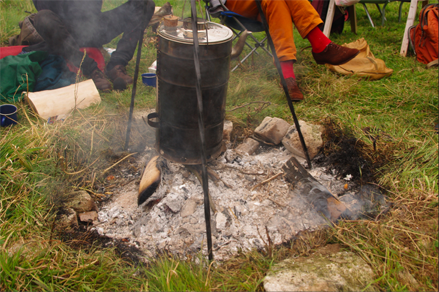 |
moot point (2009-2017)
‘moot point’ has been an annual live art event since 2009 exploring
ideas through making and thinking where groups of people from across
backgrounds and disciplines are invited to explore and gently
interrogate ideas around a theme, at The Field, Essex
2017 moot point will be hosted in Corpus Christi College, University
of Cambridge and the Museum of Archaeology and Anthropology
Unlike most symposiums and workshops in both the art world and
academia, the format for moot point emphasises the individual topics
(moots) covered during the day, instead of the expert or star of the
show. It is a participatory, egalitarian format. Each moot is led by
a person and then it is opened up to the group. There is a mixture
of talking or discussion moots and making or practice moots. It is
an all day catered event.
Moot point is fully participatory, which means being there and
together for the whole thing, building new knowledge across
disciplines, together. |
2009 Utopia mooted by Alana Jelinek
2010 Hard Science mooted by Juliette Brown
2011 Revolution mooted by Rachel Anderson
2012 Failure mooted by Charles Hustwick
2013 Hospitality mooted by Jen Clarke
2014 (In[ter])dependence
mooted by Juliette Brown
2015 Generation
mooted by Katie Dow and Louis Buckley
2016 - instead of moot point, we had pottery in a pit, experimenting
with the earliest techniques of firing clay
2017 Being and Change mooted by Alana Jelinek:
- cross-species interdependency, the myth of independence or
embracing out parasites
- alien invasions or the resilience of weeds and our future
(botany/ecology)
- seagrass, what we have learned and how much we don't know
- learning from elsewhere and taking it home - making
frankincense beads
- picturing the micro and the macro
|
| home | participatory
| contact | about |
|
   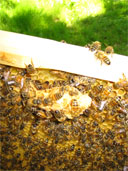    |
the field (2009-2017)
As an artwork, The Field was an art experiment in Levinasian ethics,
which is understood as an attempt at ethical engagement with the
other as Other.
It was also just a field: a physical site with 13 acres of woodland
and grassland, 1 mile north of Stansted airport and the activities
of and between those who live, eat and visit the area. This includes
the non-human.
The area included a set of allotments, an orchard, an apiary*,
monthly conservation days open to the public, art events like 'moot
point', other events.
As an artwork, the field existed as a way of seeing, a way of being,
informed by a history of art practices within the 'expanded field'
(all puns intended). It was an invitation to engage knowingly and
self-reflexively with the other as Other. In this sense it was an
invitation to an aesthetic experience not circumscribed by notions
of beauty or the sublime, or in other ways delimited by notions of
the Romantic.
At The Field, the Other is understood as both the human-Other and
the non-human-Other, which is not what Levinas himself had in mind.
Nevertheless, The field as an artwork asked participants to engage
with all the various others involved at The Field without resorting
to a projection of a culture of the Same (as is the habit of our
culture), be it orientalism, primitivism or anthropomorphism.
|
 

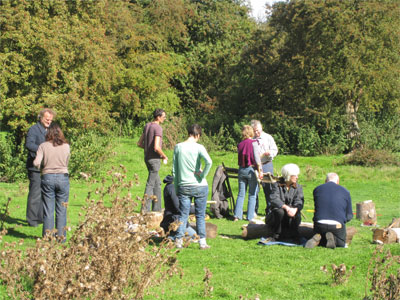
|
*
Beekeeping:
In the context of The Field, keeping bees is understood, not only
as an ecologically important act, but as a good starting point for
attempting ethical engagements with the non-human
Other. It seems less easy to anthropomorphize bees than
other animals in close contact with humans but people seem to want
to nevertheless. Some even continue to imagine the bees are some
kind of an ideal society. We do not.
a terra incognita project
|
|
|
| home | participatory
| contact | about |
|
you want me to do it your way? (2014)
DIY 11
part of Live Art Development Agency's DIY project season 11
|
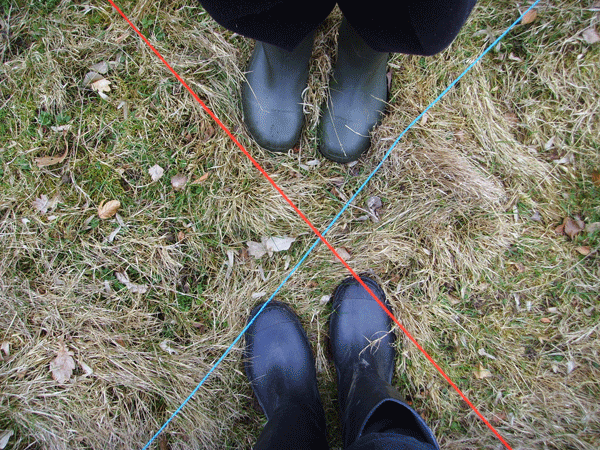 |
Conceived in response to an invitation to propose a project with a
feminist theme as part of their CPD strand (continuing professional
development - by artists for artists)
Hosted by Patrick Fox of Create, Dublin
with guests Siobhán Clancy
and Caroline Gausden
An artwork with a small closed audience and no available recordings
or documents other than those recorded by Caroline Gausden for her
PhD research into Feminist Manifestos and Socially Engaged Practice.
|
Friday 12 - Sunday 14 September 2014
participants wish to remain
anonymous
The artists wish to remain opaque
(a cheeky reference to Edouard Glissant).
Resisting a neoliberal norm to brand ourselves
for
a market
|
| home | participatory
| contact | about |
|
|
not praising, burying (2012)
Performed on 12 November 2012 by an invited group of artists,
archaeologists, art educators, philosophers in order to interrogate
the idea of Greek pottery as art and the idea of Greek artefacts as
the pinnacle or origins of artistic practices as we understand them
today.
|
Not Praising, Burying

The Rules
1. Low-value, throw-away vessels painted to appear like clay must
then be decorated using the colours used by ancient Greek potters.
3. Painted decorative elements of the vessels must be in the style
of ancient Greek red-figure or black-figure ceramics.
4. Representations must be of contemporary life or values.
The Premise
1. Following the ideas presented by Vickers and Gill in Artful
Crafts (1994) :
a. that ancient Greek ceramics were
not made as high art objects,
b. ceramicists were a low-status group and not artists in any
contemporary understanding of the term,
c. ancient Greek red-figure and black-figure pots were skeuomorphs
(playful pretend versions) of metallic objects.
black = oxidised silver
red = gold
deep red = bronze
white = ivory
2. That equivalents exist in contemporary (Western) cultures of most
instances of (existing) ancient Greek material culture.
3. That ancient Greek ceramics depict three types of contemporary
subject: everyday life, the gods, and heroes - not a far cry from
what is depicted in the tabloids.
|
12
November 2012
participants / interpreters
of rules
Anna Bagnoli (sociologist)
Juliette Brown (co-founder
terra incognita)
Sarah Campbell (Kettle’s
Yard)
Elena Cologni (artist)
David Cross (artist)
David Gill (archaeologist)
Sudeshna Guha
(archaeologist)
Charles Hustwick (artist)
Alana Jelinek (artist &
rule setter)
Derek Matravers
(philosopher)
Christos Tsirogiannis
(archaeologist)


|
| home | participatory
| contact | about |
|
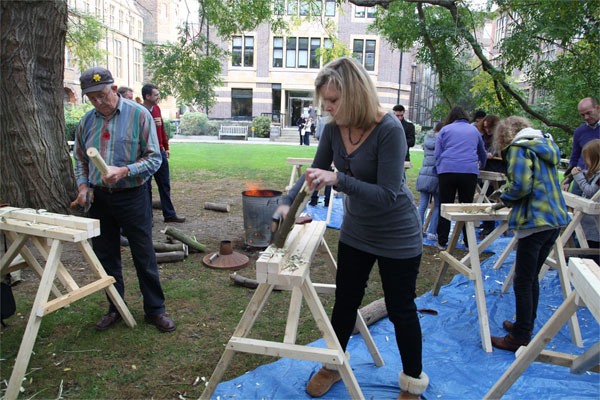
©Khadija Carroll
|
cannibal forking: an experiment in distributed protocol
(2010-12)
Participants are invited to carve their own cannibal fork using
traditional skills and English native woods in a self-conscious act
of repetition: repeating the act of creating the myths and objects
that embody the myths surrounding so-called cannibal forks.
Participants are encouraged to pass on the skills and knowledge
required to make further cannibal forks. They are also encouraged to
contribute to the Museum's collection of 'cannibal forks'. Many
participants donated their cannibal forks to the Museum of
Archaeology and Anthropology, University of Cambridge. They have
been accessioned.
First experiment in distributed protocol, 'Cannibal Forking',
occurred on 25 September 2010 at 'The Field'.
Then at the following venues:
Chinese University Hong Kong, 12 November 2010
Museum of Archaeology & Anthropology, University of Cambridge,
29 October 2011
The Project Space, London 'again : on repetition an informal
symposium on repetition in practice', 28 November 2011
Bodger's Ball 2012, nr Axminster, Devon, 12 May 2012
*NB The making of cannibal forks may or may not predispose a
participant towards cannibalism.
|

|
cannibal forking at The Field 2010 |
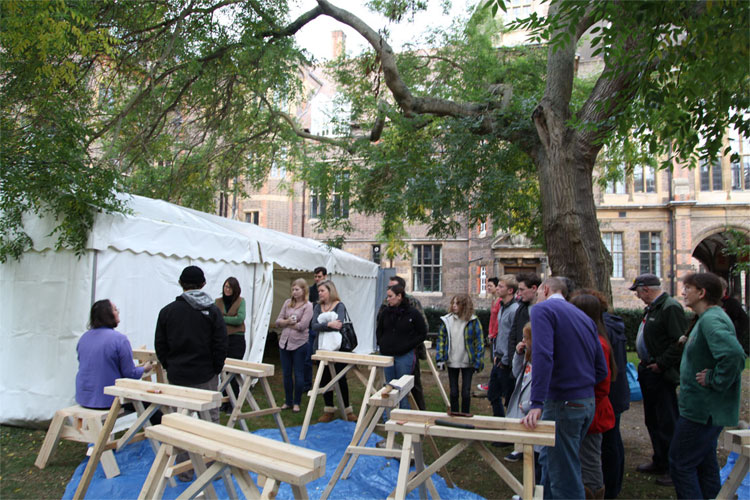
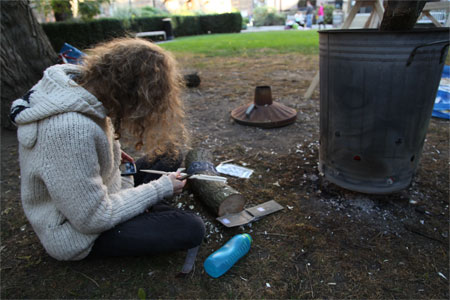
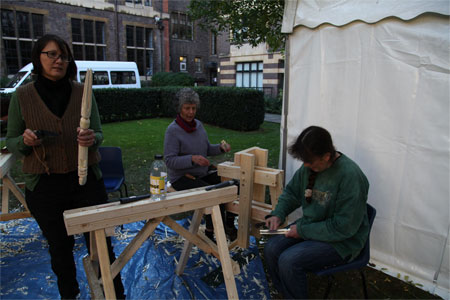
 |
cannibal forking at University of
Cambridge 2011
part of the Festival of Science
Generously supported by ESRC

photos of this event copyright of
Khadija Carroll |
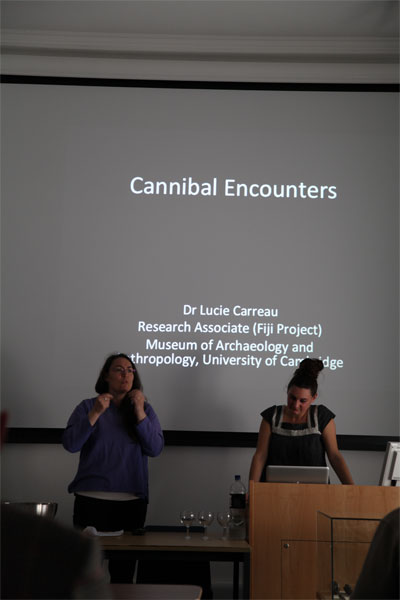 |
Cannibal Forking 29 October 2011
10am-4.30pm
One-day course to learn traditional English green woodworking skills
with Alana Jelinek and carve a cannibal fork using native woods.
Working in tandem with, but also independent of, the Museum artwork,
'Tall Stories: Cannibal Forks'
Alana Jelinek initiated a 'distributed protocol' in order to
replicate the myths and knowledges that will continue the
construction of cannibal forks. English green woodworking skills
form part of this protocol.
1pm talk (45min) with Dr Lucie Carreau
‘Cannibal encounters: museums, objects and photographs’
2pm screening of film ‘Cannibal Tours’, dir Dennis O’Rourke
(72min) 1988
3.30pm talk (45min) with Dr Anita Herle
Festival of Science
Generously supported by ESRC
 |
|
A version of cannibal forking that was not participatory but instead
performed by Alana Jelinek, was seen at 'On Repetition' by Marianne
Holm Hansen, Space Studios, 2012
|
| home | participatory
| contact | about |
|
 |
Tall Stories : Cannibal Forks (2010 & 2012)
Tall Stories : Cannibal Forks began with a group of colleagues from
the Museum of Archaeology & Anthropology coming to The
Field to learn how to do green woodwork using traditional
European tools and native European woods in order to carve their own
cannibal fork. The idea was to create self-consciously our own
versions of the 'cannibal forks' in the Museum's collection. For me,
this was the physical embodiment of the process that was happening
anyway: it was clear that each person had constructed their own
version of the truth of the 'cannibal fork' and that these truths
were disparate, detailed and sometimes flamboyant and mutually
conflicting.
The process of carving the cannibal forks was filmed by Marianne
Holm Hansen and later edited with Alana Jelinek into the 8min film
that comprises one part of Tall Stories : Cannibal Forks.
The other part of the artwork is the newly crafted cannibal forks.
The Museum of Archaeology & Anthropology has now
accessioned these as part of its collection and all other cannibal
forks that were donated, having been made at the various Cannibal
Forking events.
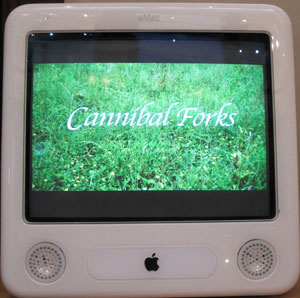 2010 - original site
specific intervention
2010 - original site
specific intervention
into the Fiji displays at the Museum of Archaeology &
Anthropology, University of Cambridge
|
2012 - autonomous artwork which
includes the original collection of 'cannibal forks'
shown as part of Gifts & Discoveries,
curated by Mark Elliott and Nicholas Thomas, Museum of
Archaeology & Anthropology, University of Cambridge, 2012 |

|
 |
|
 |
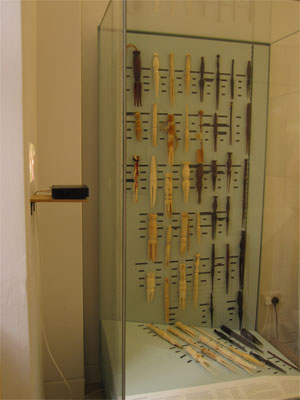 |
|
|
| home | interventions
| participatory | contact
| about |
|
 |
europe the game (2002)
54factorial permutations of Europe with 54/36factorial exclusions at
any one time.
An interactive, participatory oil painting
54 birds eye view landscape paintings can fit into a frame that
includes a maximum of 36 paintings.
Each painting is 60x60cm.
|
Rules for engagement:
1.each player must take it in turns to choose which of the 54
paintings fit 'Europe'
2.the frame 'Europe' can contain a maximum of 36 paintings
3.when Europe is full, players must take it in turns to alter any
choices |
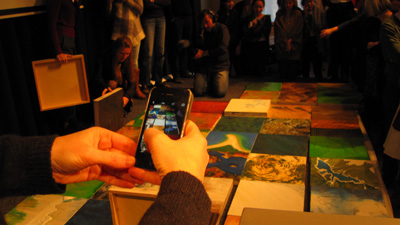
|
Talk
about Europe the Game, and footage of it being played at
Volkenkunde Museum, Leiden, for RCMC SWICH 2016 |
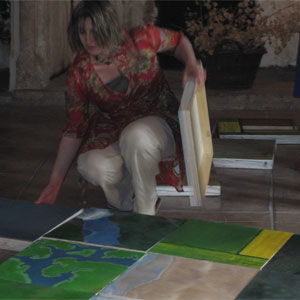 |
'Earth Critical', Chateau, Alba-La-Romaine, France 2011 (curated by
Charles Hustwick) |

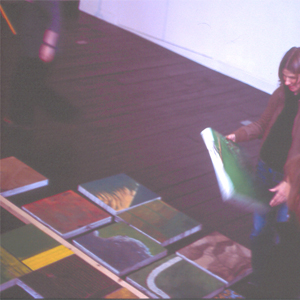 |
Beaconsfield Gallery, London, 2004
open mike session |

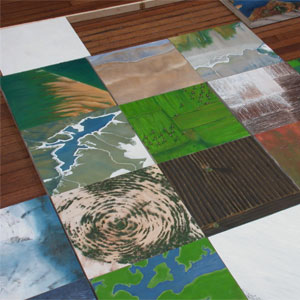
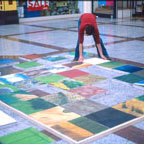
 |
‘Points of View’, Hastings Museum and
Art Gallery and...
... Priory Meadow Shopping Centre, 2003 (curated by Judith Stewart) |
|
|
| home | painting
| participatory | contact
| about |
|
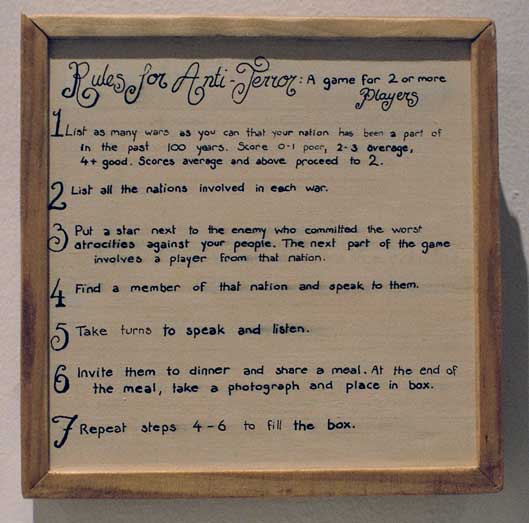
|
rules for anti-terror: a game for 2 or more players
(2005)
10x10cm hardwood, paint, ink
shown at 'Hiroshima Nuclear Imaginaries', Brunei Gallery, SOAS
(School of Oriental and African Studies)
|
|
|
| home | participatory
| contact | about |
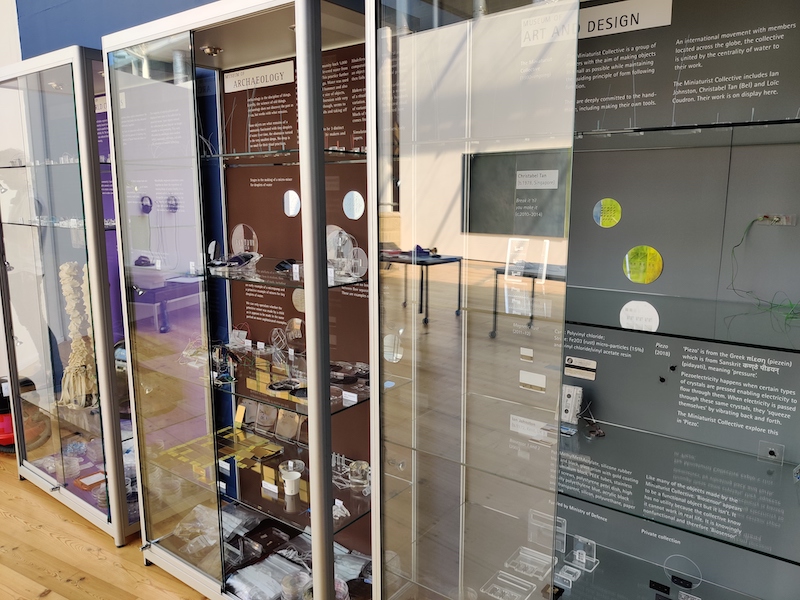




























 2010 -
2010 - 










